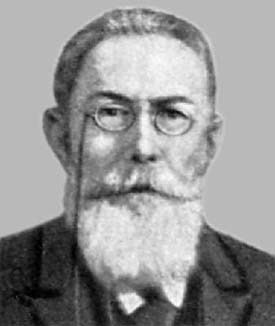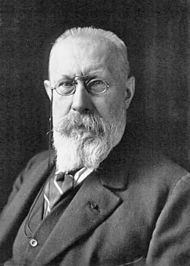Nationality French Fields Mathematics | Role Mathematician Name Paul Appell Children Marguerite Appell | |
 | ||
Born 27 September 1855Strasbourg, France ( 1855-09-27 ) Similar People Edouard Goursat, Emile Borel, Pierre Fatou, Henri Poincare | ||
Education Ecole Normale Superieure | ||
Paul Appell (27 September 1855 in Strasbourg – 24 October 1930 in Paris), also known as Paul Émile Appel, was a French mathematician and Rector of the University of Paris. The concept of Appell polynomials is named after him, as is rue Paul Appell in the 14th arrondissement of Paris and the minor planet 988 Appella.
Contents
Life
Paul Appell entered the École Normale Supérieure in 1873. He was elected to the French Academy of Sciences in 1892.

In 1895, he became a Professor at the École Centrale Paris. Between 1903 and 1920 he was Dean of the Faculty of Science of the University of Paris, then Rector of the University of Paris from 1920 to 1925.
Appell was the President of the Société astronomique de France (SAF), the French astronomical society, from 1919-1921.
His daughter Marguerite Appell (1883–1969), who married the mathematician Émile Borel, is known as a novelist under her pen-name Camille Marbo.
Work
He worked first on projective geometry in the line of Chasles, then on algebraic functions, differential equations, and complex analysis. Appell was the editor of the collected works of Henri Poincaré. Jules Drach was co-editor of the first volume.
Appell series
He introduced a set of four hypergeometric series F1, F2, F3, F4 of two variables, now called Appell series, that generalize Gauss's hypergeometric series.
He established the set of partial differential equations of which these functions are solutions, and found formulas and expressions of these series in terms of hypergeometric series of one variable. In 1926, with Professor Joseph-Marie Kampé de Fériet, he authored a treatise on generalized hypergeometric series.
Mechanics
In mechanics, he proposed an alternative formulation of analytical mechanics known as Appell's equation of motion.
He discovered a physical interpretation of the imaginary period of the doubly periodic function whose restriction to real arguments describes the motion of an ideal pendulum.
